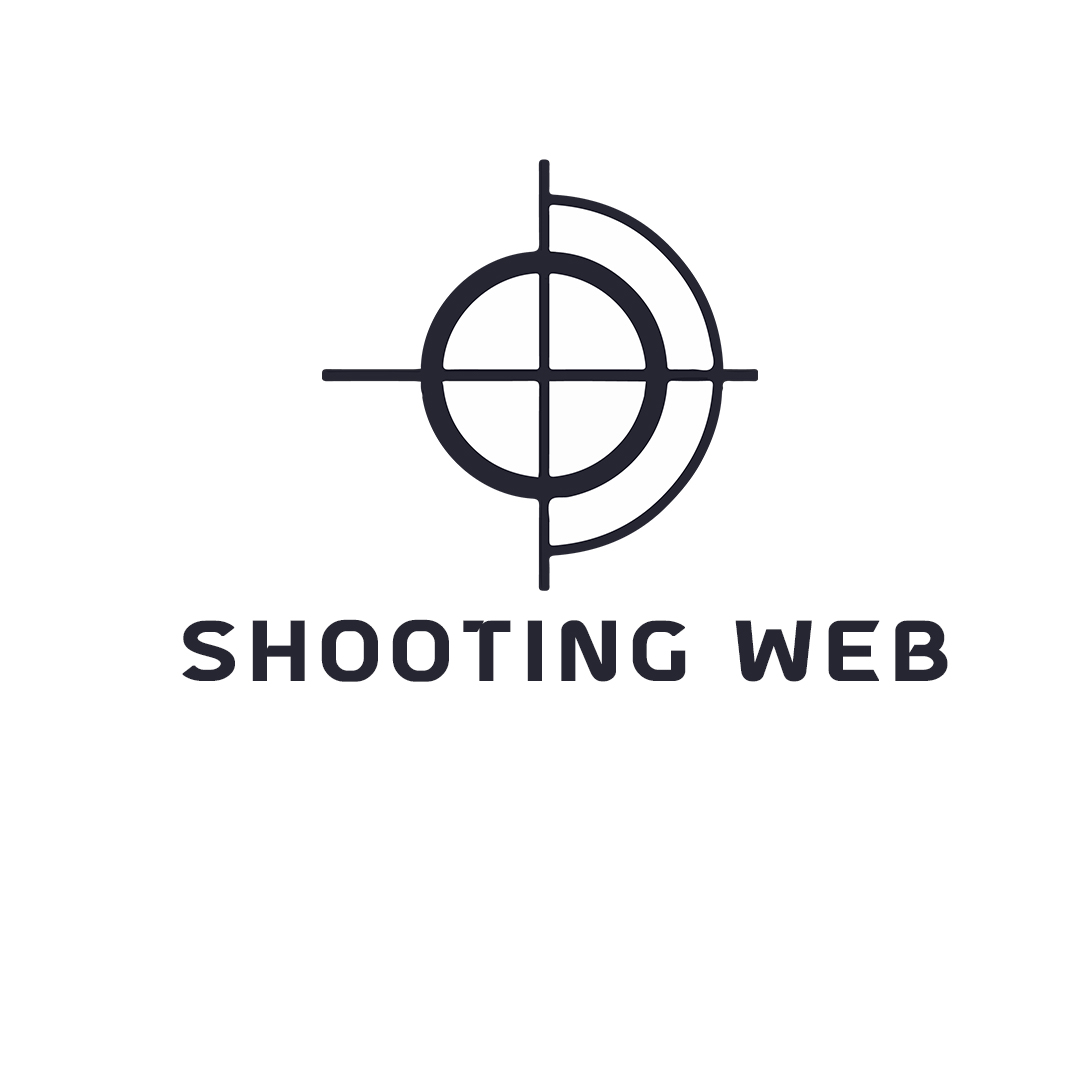A Beginner’s Guide to the Not Too Bad NYT Crossword
Crossword puzzles have long been a source of entertainment, mental exercise, and a testament to one’s linguistic prowess. The New York Times (NYT) Crossword, known for its rich history and challenging grids, offers a rewarding experience for enthusiasts. For beginners dipping their toes into this world, the Not too Bad NYT Crossword difficulty level provides a perfect starting point. In this guide, we’ll explore the basics, strategies, and resources to help you conquer the Not Too Bad NYT Crossword.
Understanding the Basics
What is a crossword puzzle?
A crossword puzzle is a word game that typically takes the form of a square or rectangular grid of white and black shaded squares. The goal is to fill in the white squares with answers to the given clues, forming interlocking words. Crossword puzzles date back to the late 19th century, gaining popularity for their unique blend of language and logic.
Introduction to the New York Times Crossword
The Not too Bad NYT Crossword, a hallmark of crossword culture, has been published since 1942. Known for its quality and wit, it attracts solvers of all levels. Why choose the NYT puzzle as a beginner? The carefully curated clues and diverse vocabulary make it an excellent learning tool, offering a delightful challenge without overwhelming complexity.
Decoding the Not Too Bad Difficulty Level
Overview of NYT Difficulty Levels
The NYT Crossword employs a novice-friendly difficulty scale ranging from Monday (easiest) to Sunday (most challenging). The “Not Too Bad” level strikes a balance, providing a moderate challenge that encourages skill development without frustration.
Tips for Selecting the Right Difficulty Level
Choosing the appropriate difficulty level is crucial for an enjoyable solving experience. As a beginner, start with the Not Too Bad NYT Crossword to build confidence gradually. Balancing challenge and enjoyment is key to fostering a sustainable crossword-solving habit.
Essential Crossword Tools for Beginners
Crossword Dictionary and Thesaurus
To navigate the intricate web of clues, leverage online crossword dictionaries and thesauruses. Tools like OneLook and Crossword Solver can quickly become your best allies. Understand how to use them effectively, improving your ability to decipher clues and expand your vocabulary.
Crossword Etiquette
Crossword clues often contain abbreviations and specific language conventions. Learn common abbreviations and grasp the nuances of crossword language to enhance your problem-solving skills. This knowledge acts as a foundation for deciphering clue types and improving accuracy.
Developing a Strategy
Starting with the Clues
When faced with a blank grid, the question arises: where to begin? Decide between starting with Across or Down clues based on your comfort. Tackling the “gimmes” (easier clues) first provides a foothold, helping you gain momentum.
Filling in the Blanks
As you progress, understand the importance of crossing words. Utilise the intersecting answers to deduce and confirm entries. Making educated guesses becomes a valuable skill, allowing you to confidently progress through the puzzle.
Overcoming Common Challenges
Handling Difficult Clues
Encounter a clue that seems inscrutable? Break it down. Crossword clues often involve wordplay, anagrams, or obscure references. Analysing the structure of the clue and considering alternative interpretations can unveil the solution.
What to Do When You’re Stuck
Getting stuck is part of the crossword-solving journey. Take breaks, return with fresh eyes, and consider seeking help without spoilers. Online forums and communities provide platforms for assistance while preserving the joy of discovery.
Learning from Mistakes
Embracing Errors as Learning Opportunities
Mistakes are inevitable, but they are also stepping stones to improvement. Embrace errors as integral to the learning process. Analyse your missteps to identify patterns and refine your problem-solving strategies.
The Importance of Persistence
Crossword solving is a skill that develops over time. Persistence is key to mastering the art. Celebrate small victories, learn from setbacks, and enjoy the journey of continual improvement.
Celebrating Success
Completing the Puzzle for the First Time
The sense of accomplishment when completing your first Not Too Bad NYT Crossword is unparalleled. It signifies not just solving a puzzle but conquering a mental challenge. It’s a testament to your dedication and growing expertise.
Transitioning to Higher Difficulty Levels
As your skills progress, consider venturing into higher difficulty levels. Each step up the ladder offers new challenges and opportunities for growth. Celebrate your evolving proficiency and relish the expanding world of crossword solving.
Additional Resources and Communities
Books and Websites for Crossword Enthusiasts
Explore a variety of resources to deepen your crossword knowledge. Books like “The New York Times Crossword Puzzle Dictionary” by Tom Pulliam and online platforms like Crossword Nexus can serve as valuable companions on your crossword-solving journey.
Joining Online Crossword Communities
Connect with fellow enthusiasts through online forums and communities. Platforms like Reddit’s r/crossword and the official NYT Crossword community provide spaces to share experiences, exchange tips, and engage with a supportive community.
Conclusion
In this beginner’s guide, we’ve delved into the art of solving the Not Too Bad NYT Crossword. From understanding the basics to developing effective strategies and overcoming challenges, each step contributes to your growth as a solver. Remember, the journey is as important as the destination. Embrace the puzzles, learn from your experiences, and enjoy the rich world of crossword solving. Happy solving!

